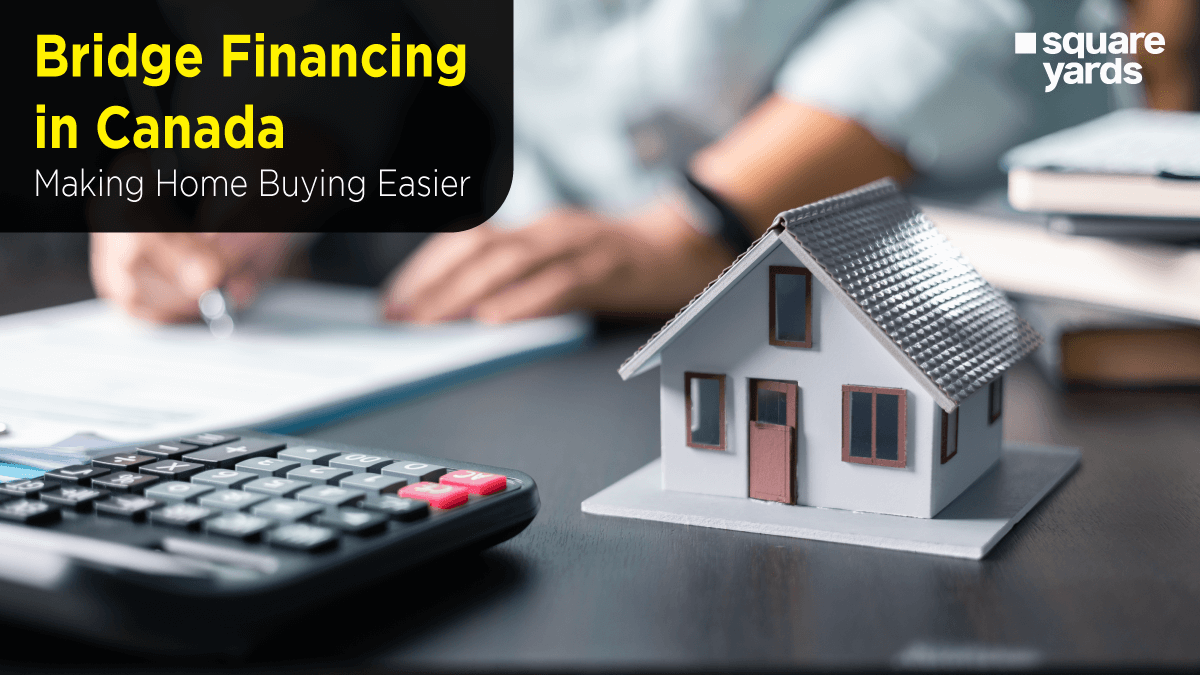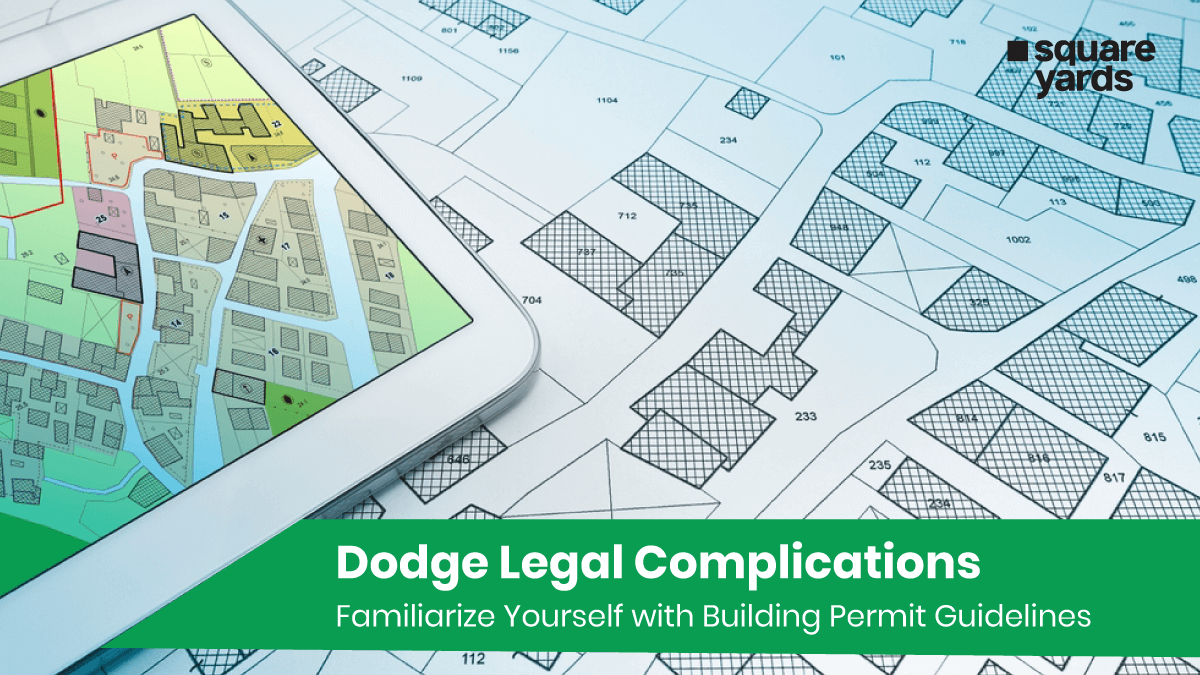The Residential Measurement Standards Canada (RMS) is a guideline that ensures homes are measured consistently and accurately for real estate listings. It was developed to provide clear and uniform methods for measuring residential properties in Alberta, ensuring that buyers and sellers clearly understand a home’s size. This standard helps eliminate confusion from different measurement practices and makes property comparison easier.
RMS applies different rules based on property types. For detached homes, measurements are taken from the exterior walls, while for attached properties (such as duplexes or condos), the measurement includes half of the shared walls. Additionally, areas like garages, unfinished basements, and below-grade spaces are excluded from the total measurement, ensuring that only usable, liveable space is considered. Following RMS allows real estate professionals to list properties more transparently, fostering trust among buyers and sellers. It also protects both parties from misunderstandings regarding property size and helps buyers make better-informed decisions based on accurate, standard measurements.
Why Do Listings Require Standardised Residential Measurements?
Standardised residential measurements in property listings are essential for ensuring accuracy, consistency, and transparency across the real estate market. Without a unified system, listings could provide inconsistent or misleading information, making it difficult for buyers to compare properties fairly. Standardisation, such as the Residential Measurement Standards Canada, eliminates the risk of differing measurement methods, ensuring that every property is measured similarly. This uniformity also protects sellers by ensuring their property’s dimensions are represented correctly, avoiding legal disputes or buyer dissatisfaction based on size discrepancies.
A standardised approach helps both buyers and sellers by setting clear expectations and ensuring properties are represented as accurately as possible. Buyers can trust that they are getting a true representation of the living space, whether it’s for budgeting renovations or comparing multiple listings. On the other hand, sellers can confidently showcase their properties without worrying about claims of misrepresentation. The transparency it creates is essential in building trust within the real estate market, making transactions smoother and more reliable.
Moreover, standardised measurements promote fairness by providing a common basis for all property listings. Buyers can more easily evaluate the cost per square foot or plan renovations, knowing they are working with accurate and consistent data. Standardisation reduces potential legal conflicts, as discrepancies regarding property size are minimised, and ensures that properties are evaluated on an equal footing, benefiting all parties involved in the real estate process.
Importance of RMS for Home Buyers

The Residential Measurement Standards Canada real estate, is highly beneficial for home buyers as it ensures that they receive accurate and reliable information about a property’s size. Here are a few points on why RMS is important for a Home Buyer:
-
- Accuracy in Property Size: RMS ensures that buyers receive accurate and consistent property measurements, reducing the risk of misunderstandings about the size of the home.
- Fair Comparisons: Buyers can easily compare different properties on the market based on a uniform measurement standard.
- Informed Decision Making: By knowing the precise dimensions, buyers can make better decisions regarding pricing, renovations, or future plans.
- Legal Protection: RMS compliance protects buyers from potential legal disputes related to property size misrepresentation.
- Trust in Listings: With standardised measurements, buyers can trust that property listings are transparent and reliable.
How RMS Benefits Home Sellers
Using the RMS is highly beneficial for home sellers as it not only ensures accurate and reliable property measurements but also helps in keeping transparency and build trust with the potential home buyers. Following are some of the factors on how RMS is beneficial for home sellers:
-
- Accurate Representation: RMS guarantees that sellers list the correct property dimensions, avoiding misrepresentation.
- Attracts Serious Buyers: Precise measurements make buyers more likely to understand the value, reducing negotiation time.
- Builds Trust: RMS creates transparency, enhancing trust between sellers and buyers.
- Avoids Legal Issues: Accurate measurements help prevent legal disputes over property size.
- Market Competitiveness: Proper measurement gives sellers an edge in competitive markets, showcasing the property clearly.
Key Facts About the Residential Measurement Standards Canada

The Residential Measurement Standard (RMS) in real estate ensures that homes are measured consistently across all property listings. Understanding its key elements helps both buyers and sellers navigate the real estate market with confidence. By providing clarity on how measurements are taken and what areas are included or excluded, RMS offers a uniform approach that benefits everyone involved.
-
- Uniformity Across Listings: RMS ensures that all residential properties are measured following a standardised set of guidelines. This consistency allows buyers to make more accurate comparisons between properties, as all measurements are based on the same criteria.
- Application to Different Property Types: RMS applies to both detached and attached homes, but with different rules. For detached properties, measurements are taken from the outside surface of the exterior walls. In contrast, for attached properties like condos and townhomes, the measurement includes half the thickness of the shared walls.
- Areas Excluded from Measurement: RMS specifically excludes certain non-liveable spaces such as garages, unfinished basements, and outdoor areas like balconies. This ensures that only the usable living space is represented, which is critical for both buyers and sellers in understanding the true size of a property.
- Increased Transparency and Trust: By adhering to RMS, real estate professionals can provide clear and transparent property information, building trust between buyers and sellers. This transparency helps minimise misunderstandings and disputes about property size, making the transaction process smoother.
- Professional Measurement is Advised: Although homeowners can take measurements themselves, it’s recommended to hire a professional. Professionals ensure precise adherence to RMS, preventing any miscalculations that could lead to inaccurate listings.
- Legal Protection: RMS compliance offers legal protection by reducing the chances of disputes arising from misrepresentation of property size. Both buyers and sellers can have peace of mind knowing that the property dimensions are accurate and meet the industry’s standards.
Conclusion
The Residential Measurement Standards (RMS) is a vital tool for ensuring consistency, accuracy, and transparency in real estate transactions. By providing a standardised method for measuring properties, it protects both buyers and sellers from potential misunderstandings and disputes related to property size. RMS not only facilitates fair comparisons between different homes but also builds trust in the market. For real estate professionals, adhering to RMS is essential in maintaining industry credibility and providing clients with the accurate information they need to make informed decisions.
You May Also Read
|
What is Prohibition Act in Canada |
|
|
Guide To Tallest Condo in Toronto |
|
|
Know The First Time Home Buyer |
|
|
Navigate House Closing Day in Canada |
|
|
Process of Statement of Adjustments |
Frequently Asked Questions (FAQs)
The goal of RMS is to create a consistent and standardised method for measuring residential properties, ensuring accurate and reliable data for buyers, sellers, and real estate professionals. This helps prevent discrepancies and confusion in property size reporting across listings.
RMS does not require individual room or closet measurements. Instead, measurements focus on the exterior dimensions of the home, particularly for attached properties, where shared walls are included at half their thickness.
For detached properties, measurements are taken from the exterior surface of the outer walls. In attached properties, the measurement includes the thickness of exterior walls and half of any shared walls. Non-livable spaces like garages and unfinished basements are excluded.
RMS ensures that both attached and detached homes follow specific guidelines for measuring, allowing fair comparisons. While detached homes are measured from the outside walls, attached homes are measured from the outer walls and shared wall midpoints, ensuring consistency in comparisons.
If the RMS size exceeds the registered condominium size, it's important to note that RMS may include areas like wall thickness that are excluded from the registered size. What is the aim of the Residential Measurement Standard (RMS)?
Is it necessary to measure every room and closet in a connected property?
What is the correct way to measure properties following RMS guidelines?
How can I compare the size of attached and detached homes?
What should I do if the RMS measurement is bigger than the registered size of a condominium unit?



































